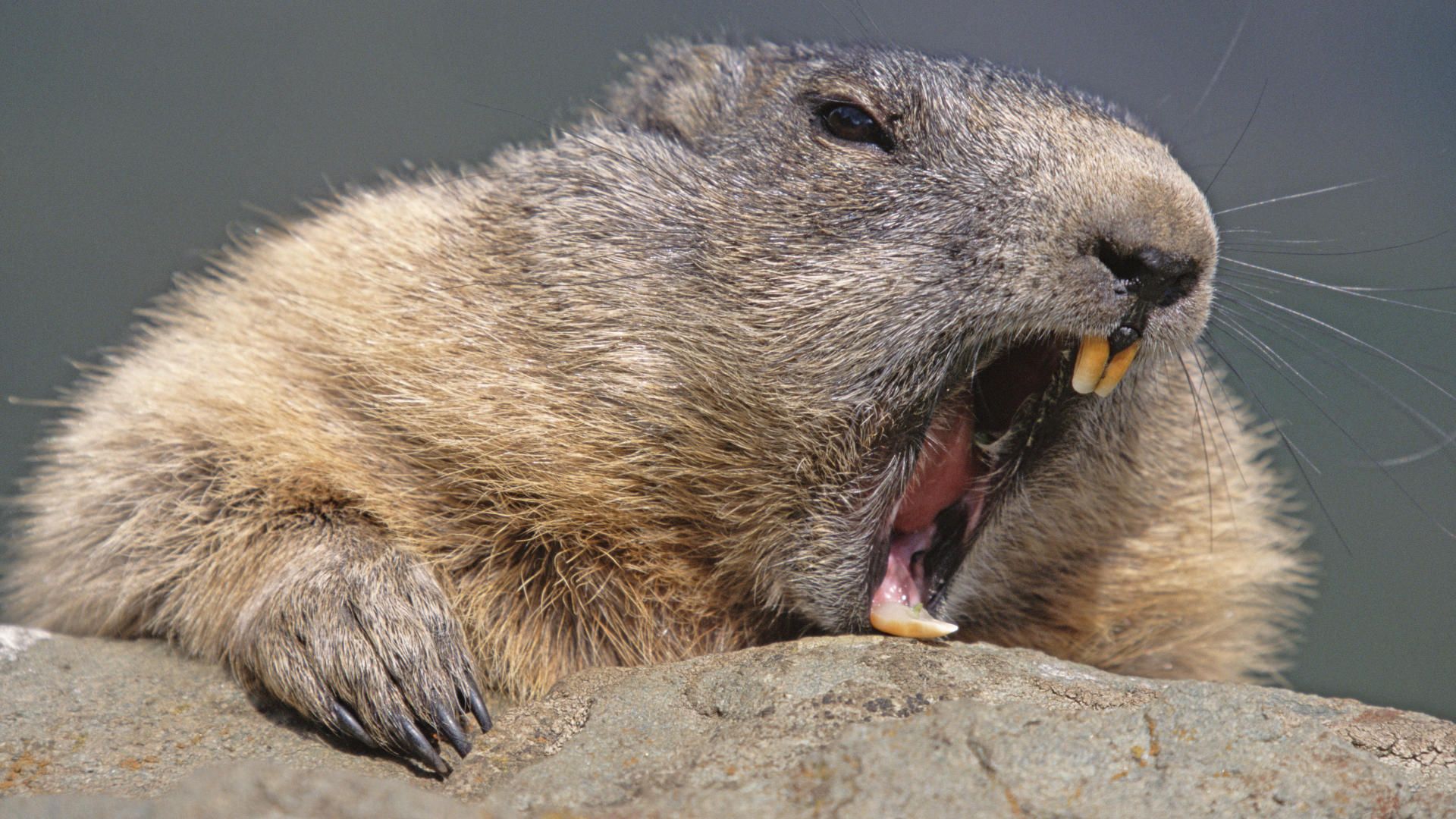
Marmot
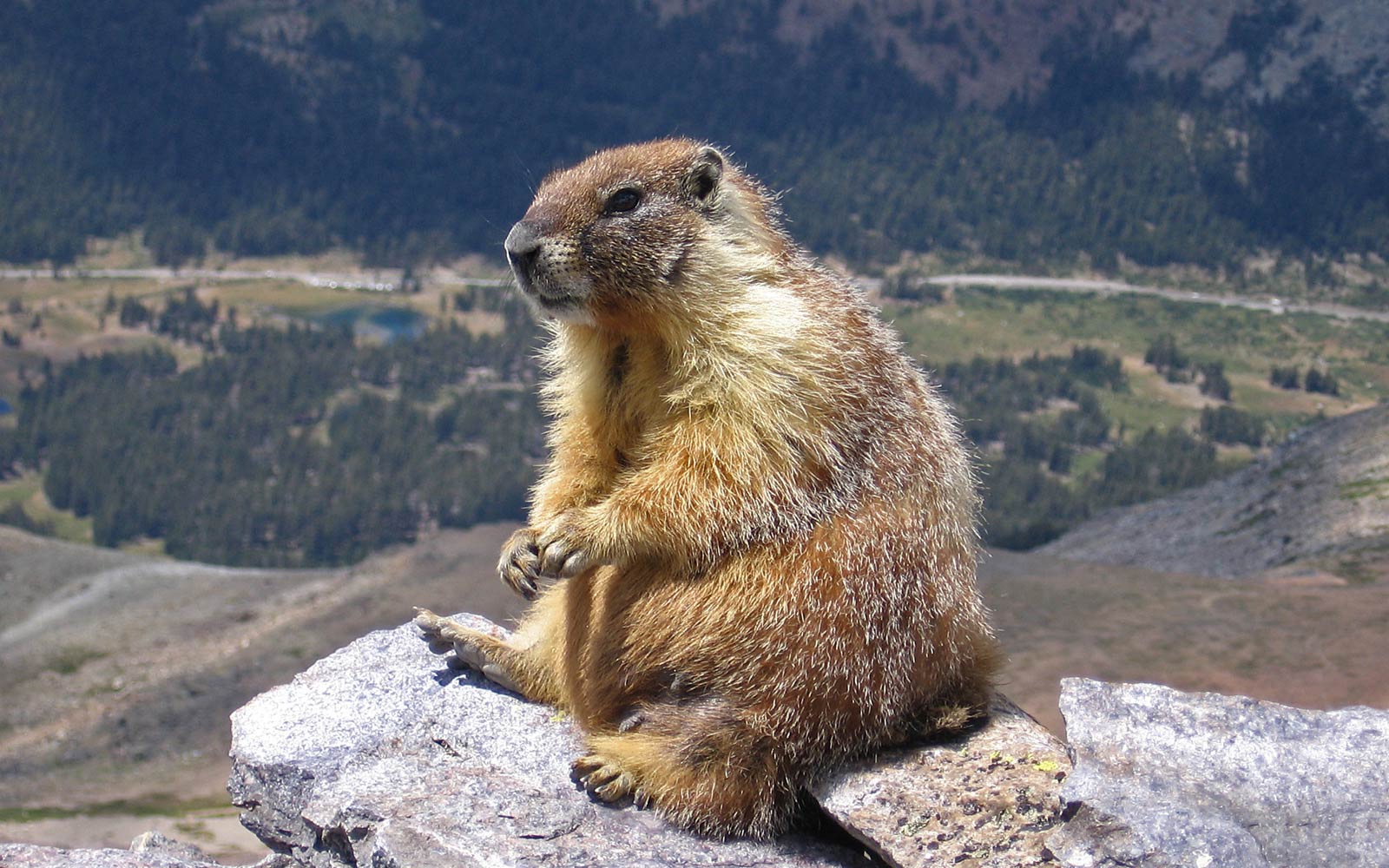
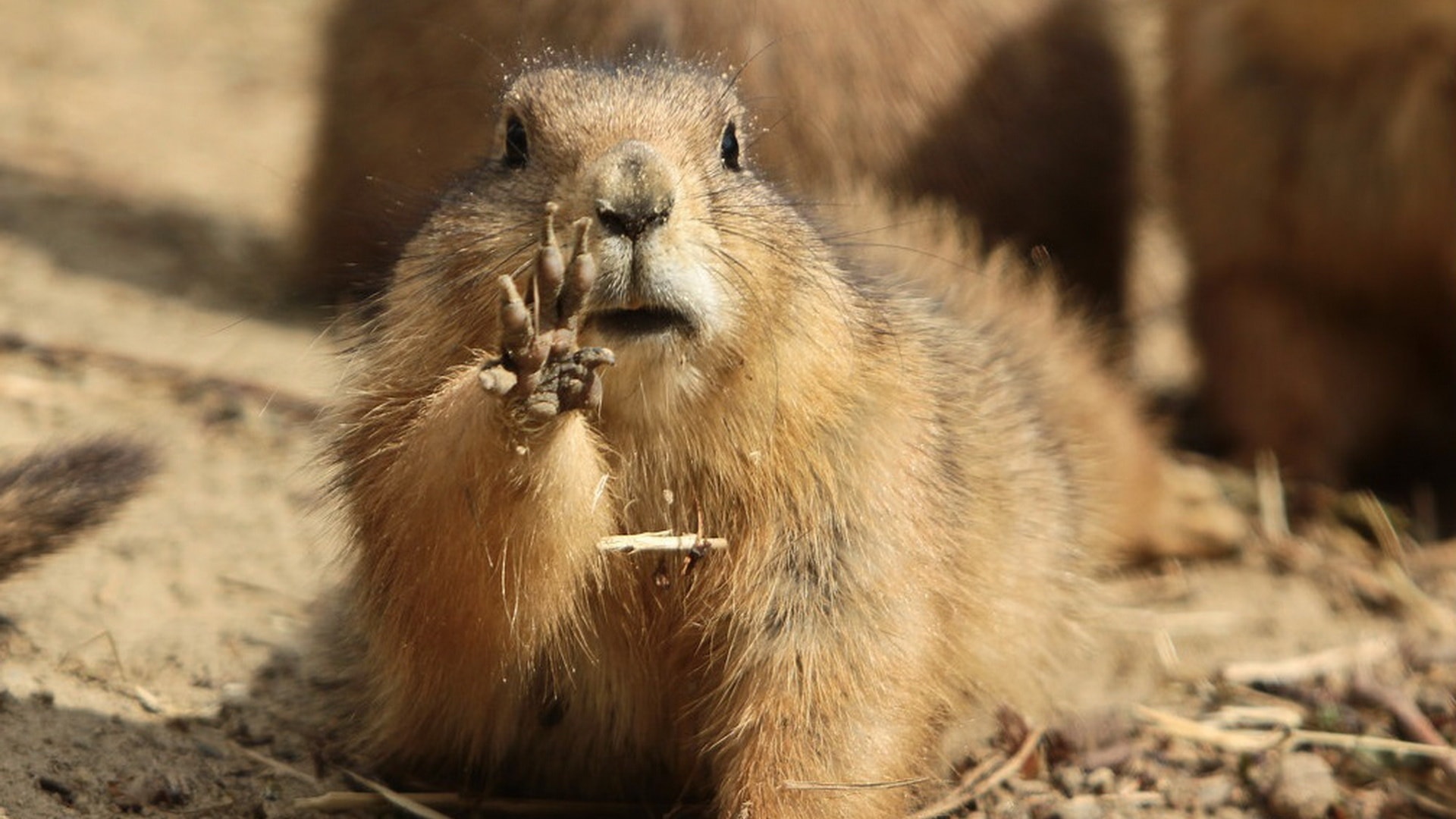
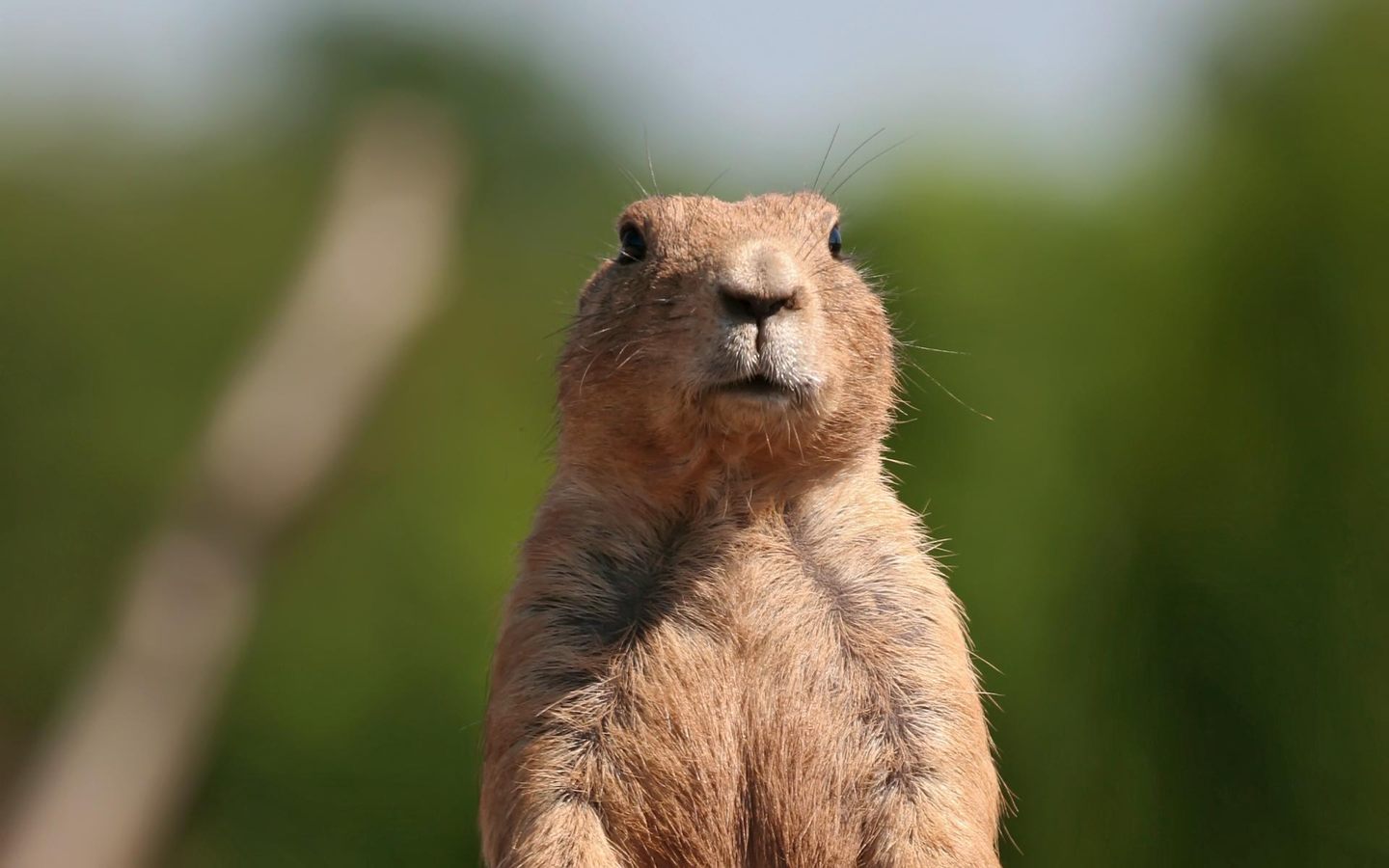
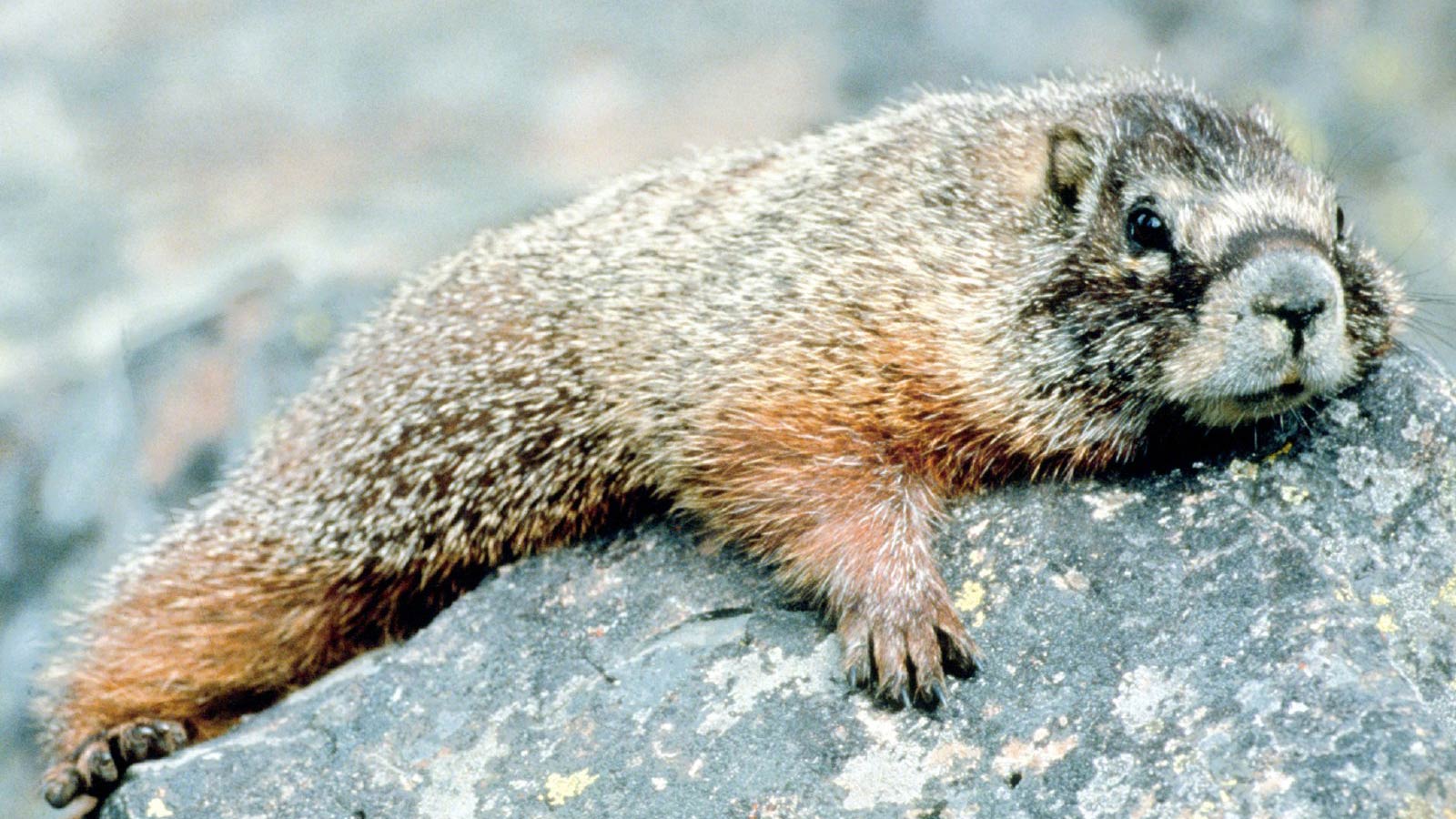
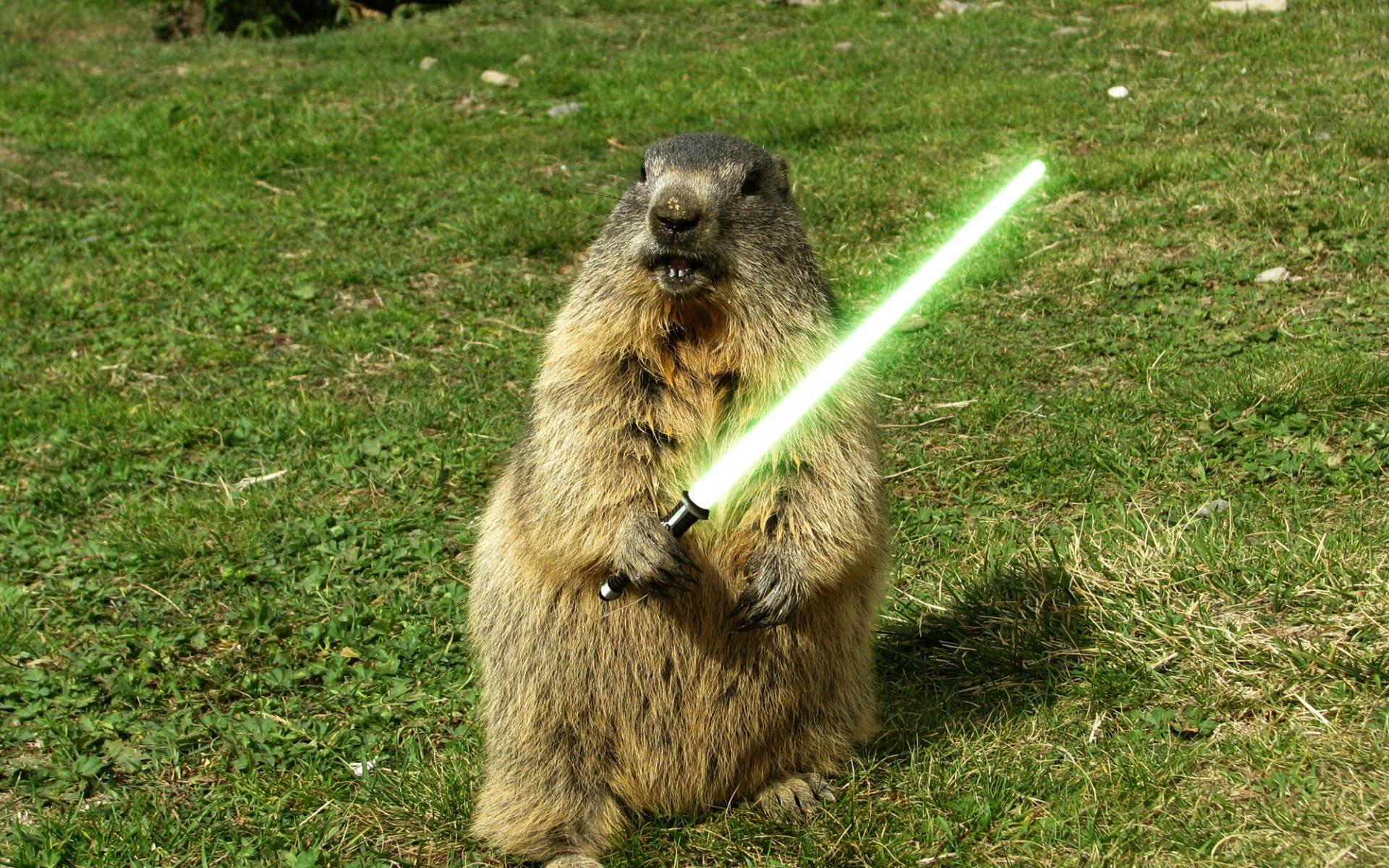
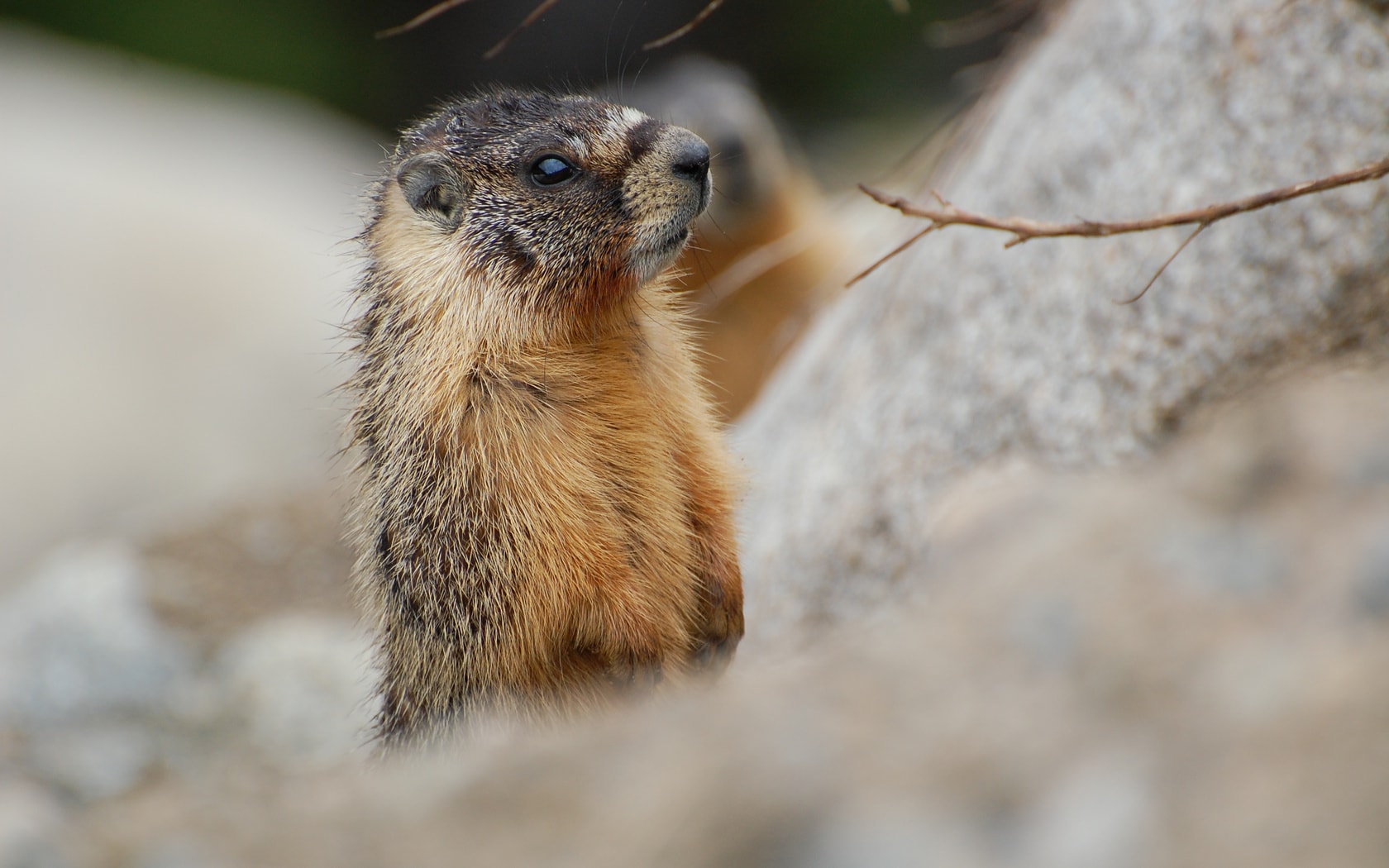
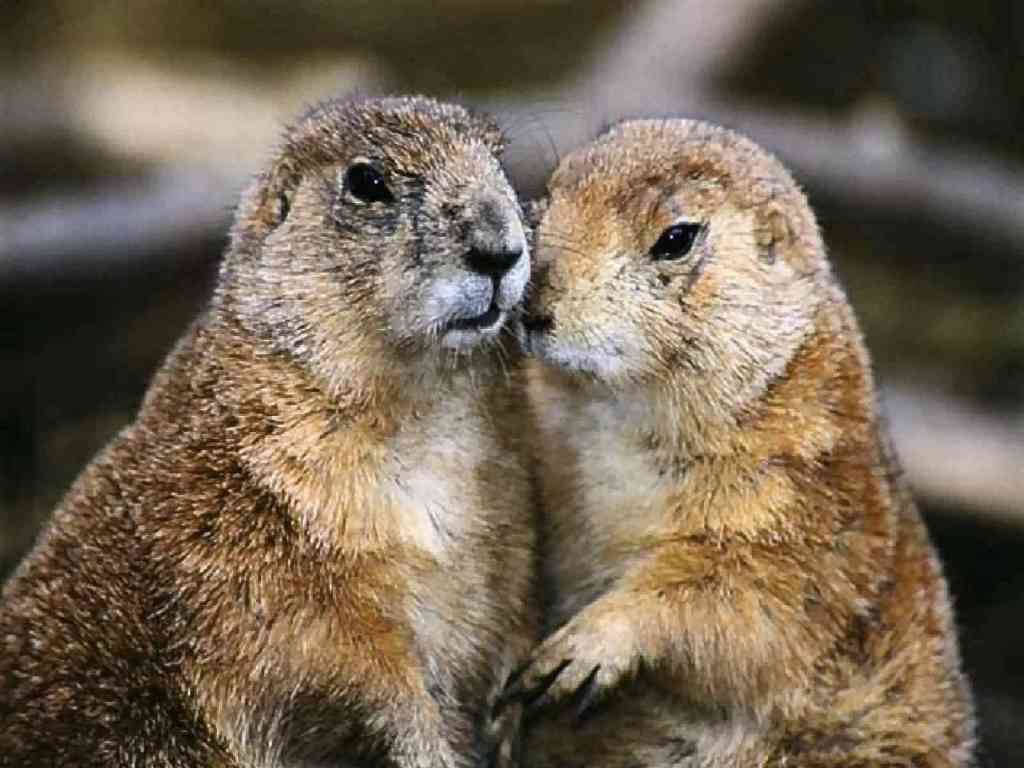


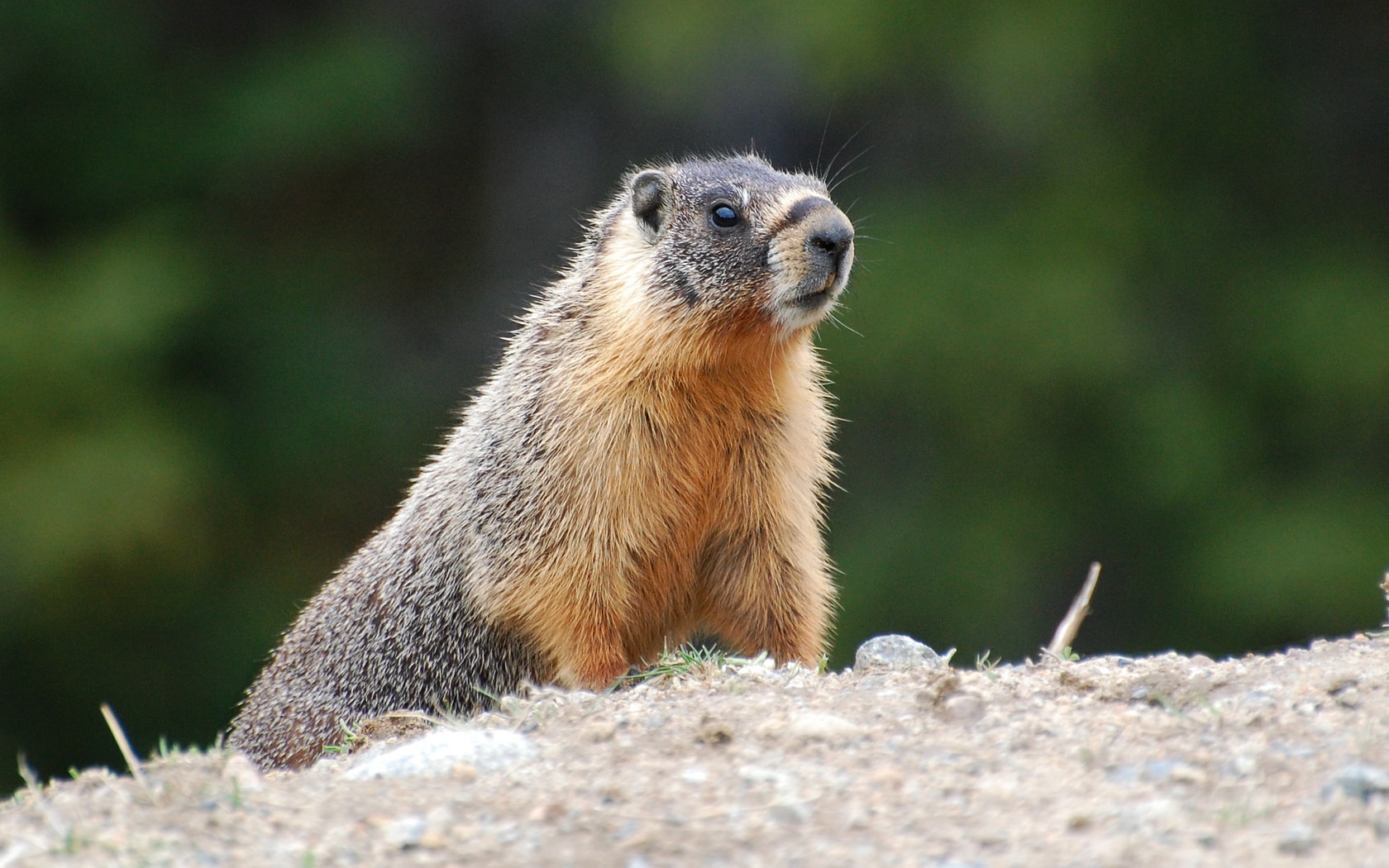
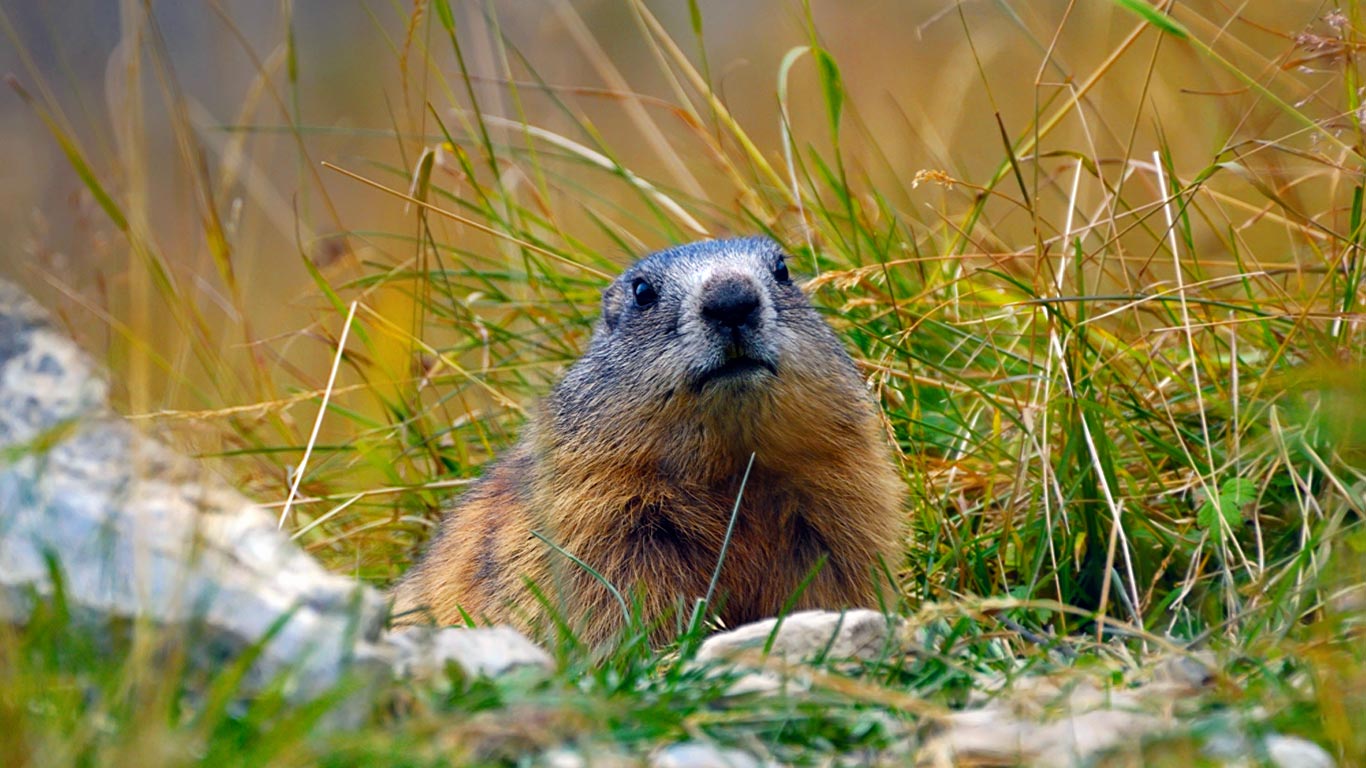

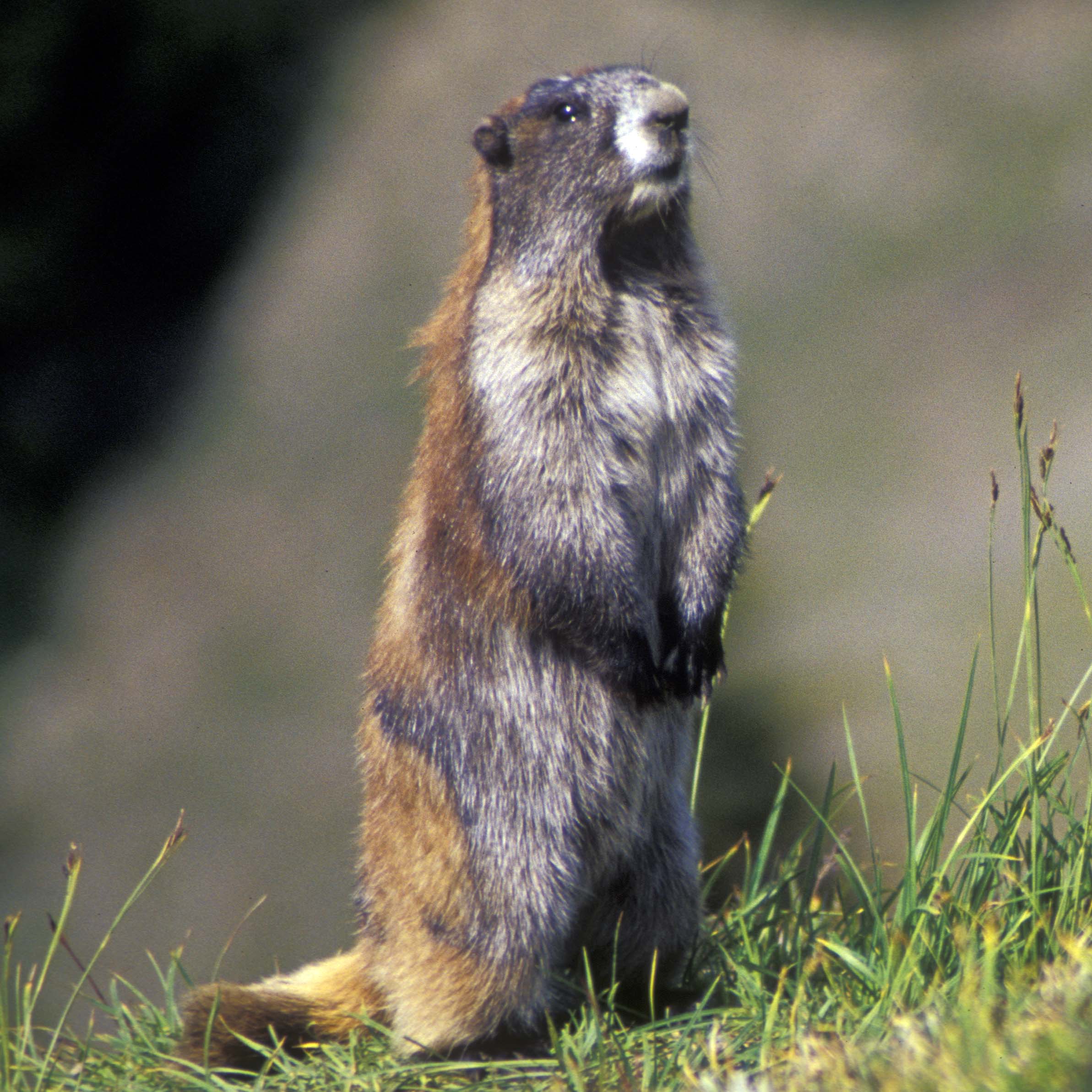
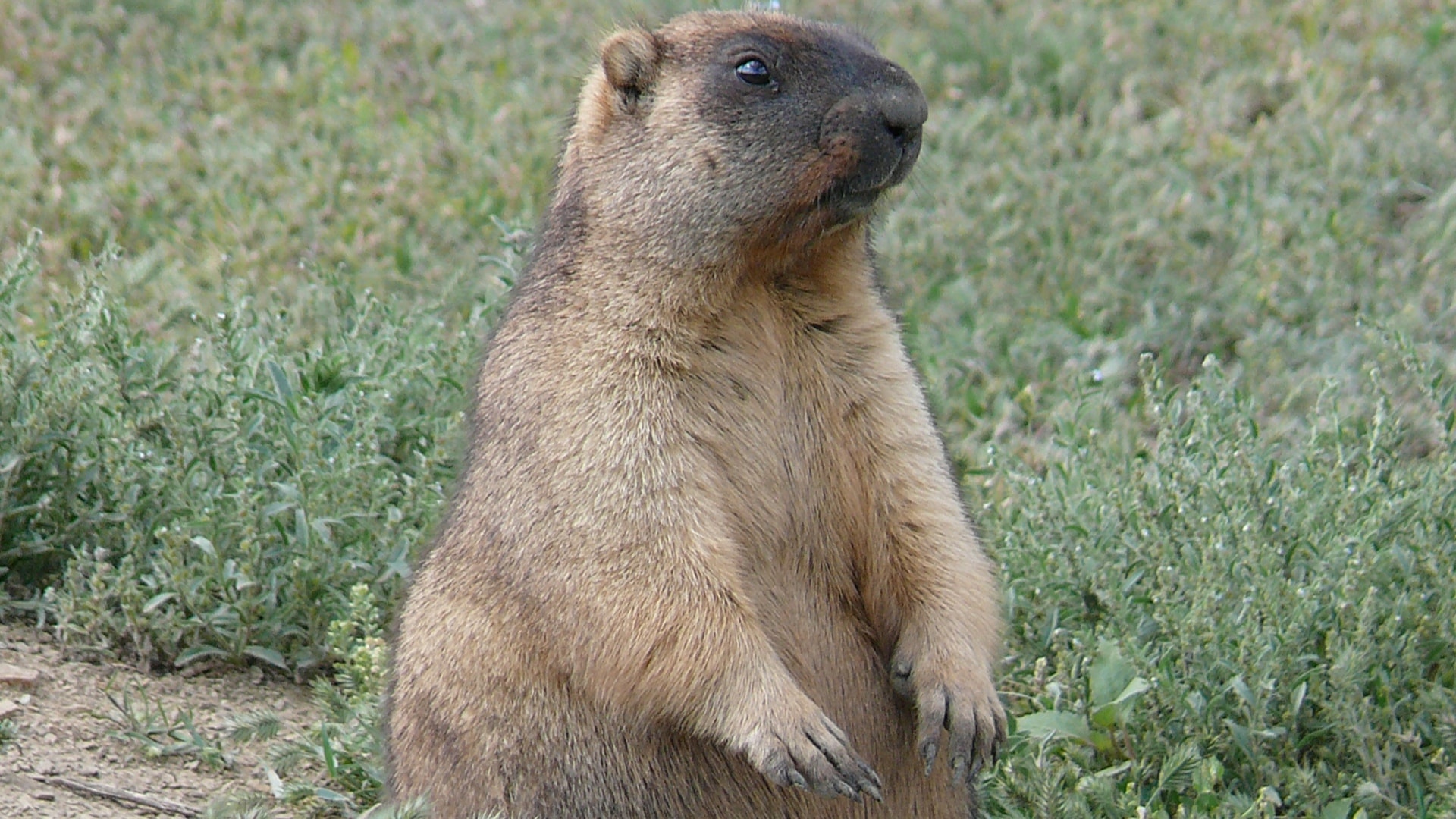
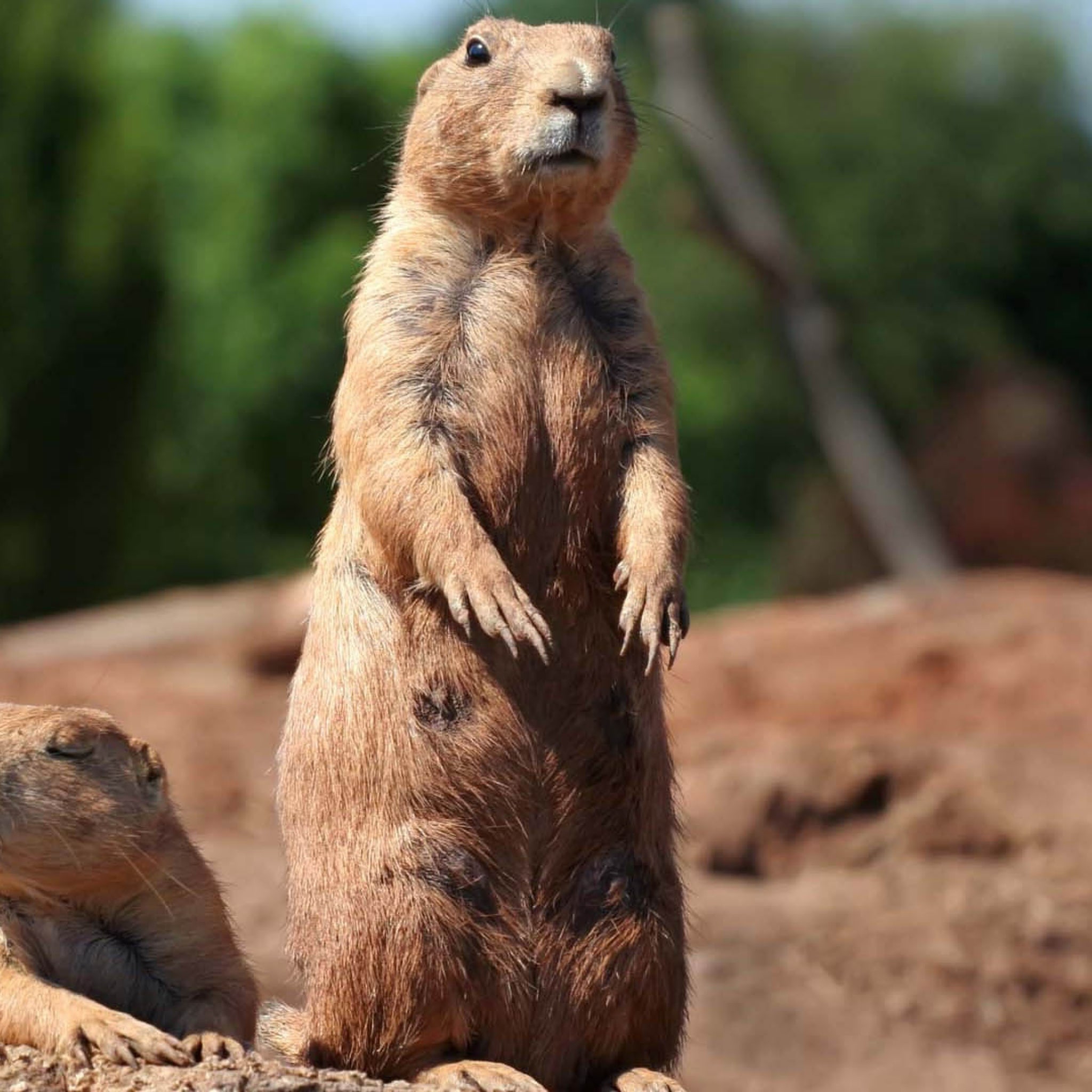


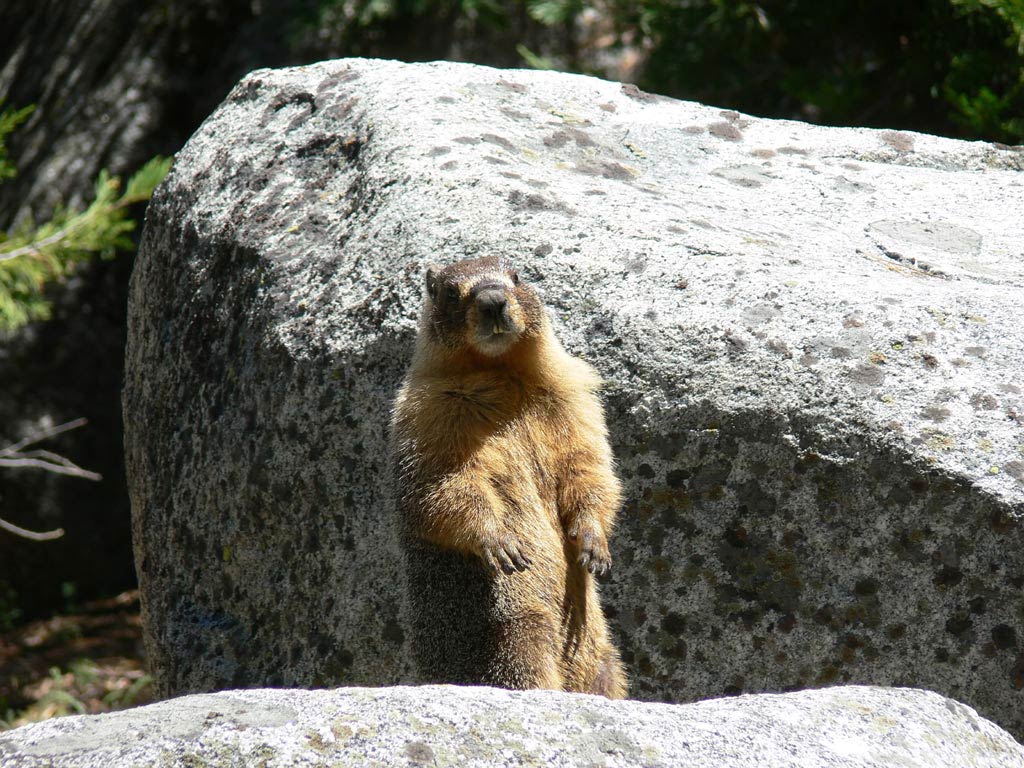
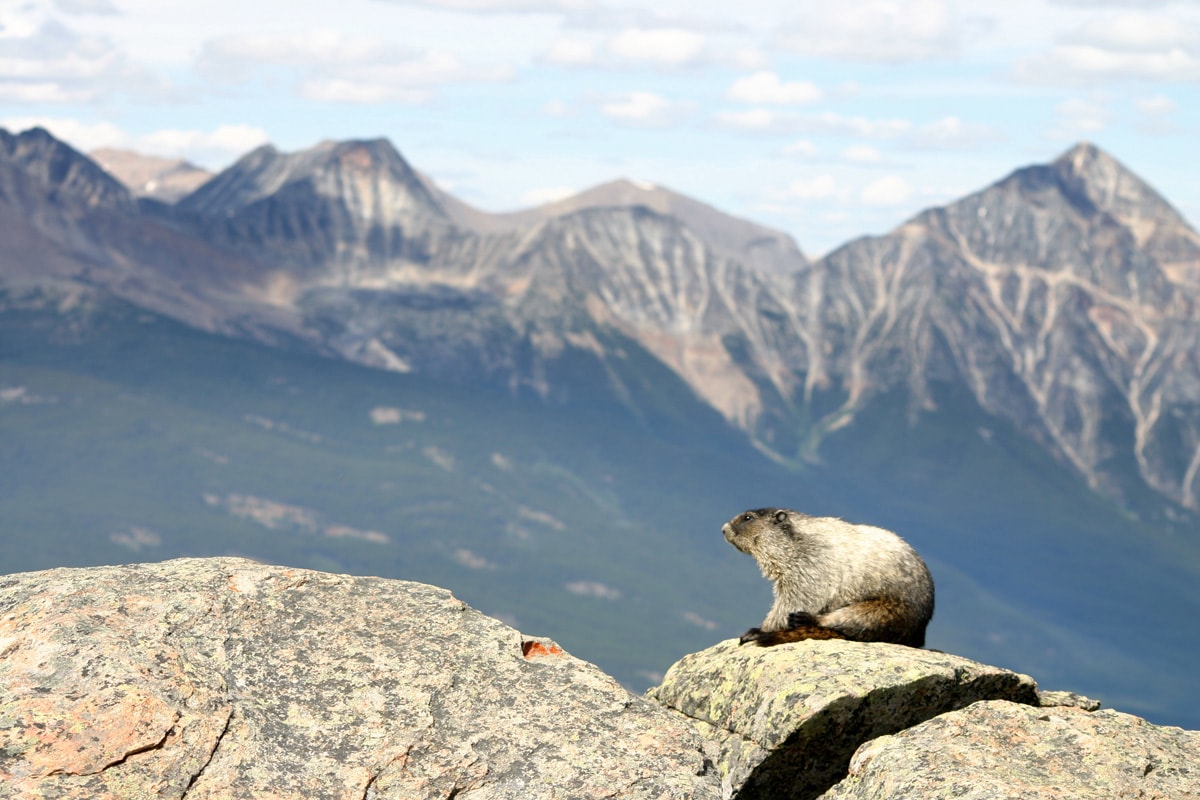
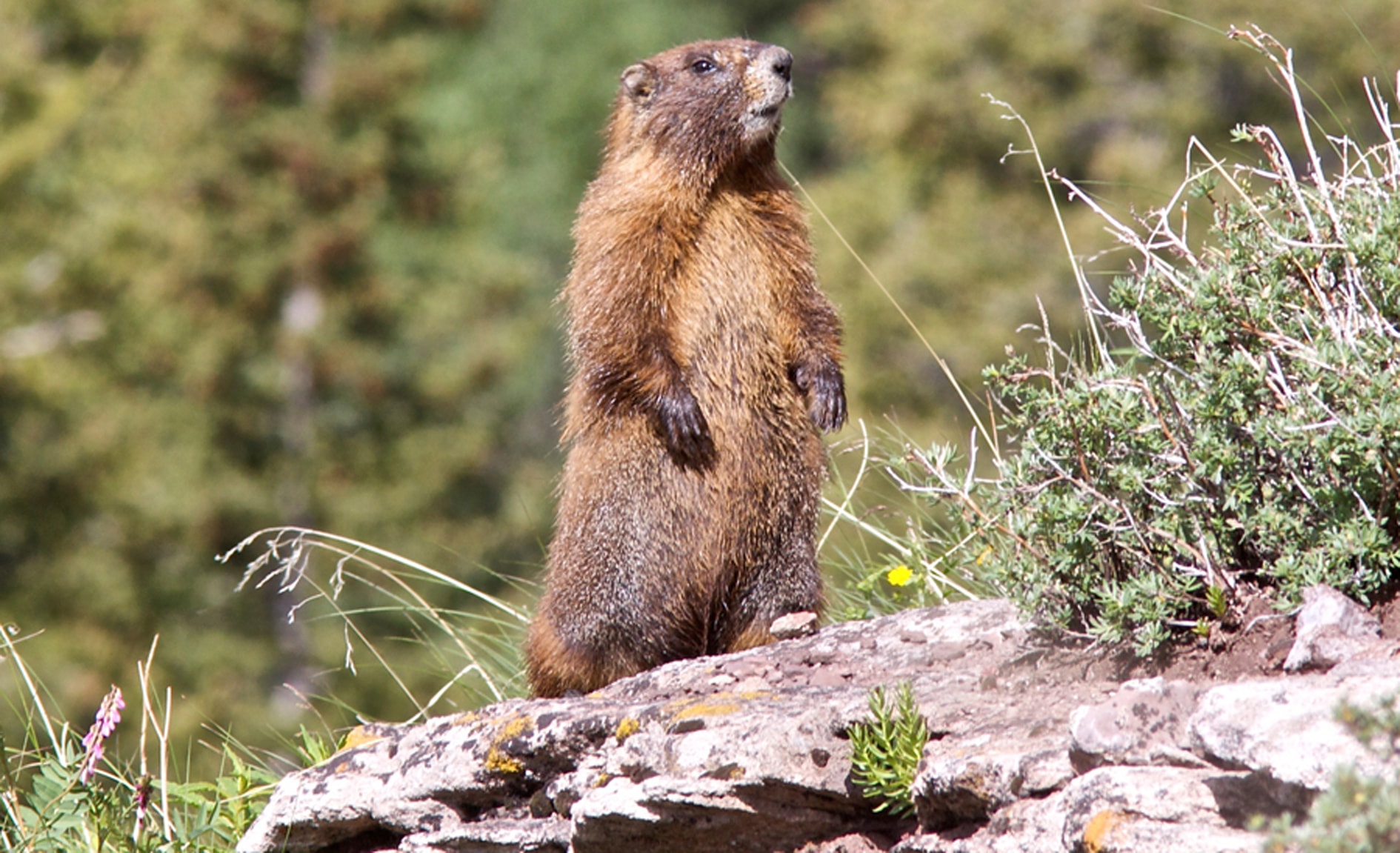
Marmot wallpapers for your PC, Android Device, Iphone or Tablet PC. If you want to download Marmot High Quality wallpapers for your desktop, please download this wallpapers above and click «set as desktop background». You can share this wallpaper in social networks, we will be very grateful to you.
Marmots – genus of rodents squirrel family, numbering 15 species. The closest relatives are the marmots and ground squirrels prairie dogs, more distant – squirrels and chipmunks. Marmots are allocated larger size among their relatives, and among the rodents in general. Widely known for their ability to lie dormant ( “sleeping like a log”), but many aspects of the biology remains unknown wide range of nature-lovers.
In general, marmots physique like squirrels and gophers. They terete body, relatively short legs, and back the length slightly longer than the front. With protein they have in common, and the excellent quality of fur – a thick and long, with sparse guard hair and a soft, warm undercoat. But there are also unique structural features. marmots Skull several rather flat and wide-set eyes sometimes look a little slanted. The nose is rather large. Ears are short, round and barely protrude from the wool. The tail is shorter than that of the protein, and in marmots it is not flat, and round in cross section and is not covered by long hair. All this testifies to terrestrial lifestyle of these animals. But the thing that allows you to distinguish Groundhog other rodents, even at a great distance – it’s the size. Even the smallest species (marmot marmot, groundhog), weigh at least 2-3 kg and reach a length of 35-40 cm, and the largest (the steppe, Himalayan marmots) weigh up to 8-10 kg and reached a length of 65-70 cm. Painting of all kinds of patronizing, self-colored or contrasting colored belly, cheeks, head. Coat color in different species of yellow-gray, silver-gray, brown, reddish fawn, black can be body parts.
Marmots live only in the northern hemisphere, but here they spread very widely. These animals are found in almost all the steppe and mountain regions of Eurasia and North America. In the north of their habitat sometimes borders on the tundra and taiga (in Siberia, in the Rocky Mountains of America), in the south – with the deserts of Central Asia, in the west area of the Eurasian marmot comes to Western Europe (Alps), while in the east reaches the shores of the Pacific. And all kinds of marmots can be divided into two groups: the steppe and mountain. Externally, between them there are no fundamental differences, habitats of species in each group may overlap, but the views of different groups never meet each other. Steppe marmots inhabit the vast treeless spaces, clearly preferring plain, and not rugged. These animals do not like anything limiting its review, the only exception is the groundhog, who really does not shrink settles on the edge of the forest in the foothills. Mountain marmots, on the contrary, occupy the uppermost belt of mountains. But here they avoid forest stands and clear steeps, giving preference to the alpine meadows.
Typical dwelling marmot – hole. Not any animal can compete with the marmot in the art of digging. Usually they equip houses of two types – winter and summer. Winter burrows relatively short and simple, but very deep (5-7 m), at such a great depth marmots lie dormant without fear of freezing. Summer hole is not so deep, but very extensive and branched. Such asylum may have up to 15 otnorkov, and their passages extend to 45-100 m! The tremendous mass of the earth, which emit marmots on the surface while digging forms at the entrance to the hill (marmot) height of 0.5-1 m and a diameter of 6-18 m. In itself, this hill provides a convenient platform for observation and sunbathing. In the steppe marmot form undulating terrain and affect the composition of the flora (some plants can only grow in the loose soil, discarded marmots). Thus, these animals have a significant impact on the environment. It should be noted that the marmots also very clean animals. Their homes are maintained in perfect order, continually repairing, updating and cleaning tunnels. Bedrooms and brood chamber marmots polished to a smoothness of the walls, lined with dry grass, and sometimes made of grass plug-plug for the winter. For spravleniya natural needs are special latrines camera, and if there are parasites burrow, marmots can dig a new one.
All kinds of marmots – colonial animals. They live in pairs, male and female remain faithful to each other for several years. That monogamy is rare in rodents. Usually lived with his parents and their unmarried children, so in fact each pair represents a whole family. The colony consists of several families, located at a distance of a few tens or hundreds of meters apart. All family members maintain friendly relations, youngsters often played with each other and with their parents, conflicts with neighbors in the colony, too, a rarity, but aliens from other places marmots chased. The colony reigns the spirit of mutual assistance, while feeding and other activities marmots monitor the situation and observe the surroundings. One has only to appear predator as immediately audible alarm to be – shrill whistle like “fiit-fiit”. On this sound all the members of the colony immediately hide in burrows, it has more impact on the kind of animals fleeing brother (vision they have developed better than hearing). It should be noted that the marmots on the one hand show great caution inherent in all rodents (sometimes bordering on scaremongering), on the other hand, these animals are more developed intelligence than gophers and squirrels. In places where they are little concerned, you can see the features impressively in their behavior: groundhogs can afford to fall apart in the sun and take a nap, only occasionally glancing idly neighborhood.
While marmots generally sedentary animals, sometimes they can be moved to a distance of ten kilometers. Young animals to settle for a place for their own burrows, at least – in the case of whole colonies Norn town of death (eg, in case of flooding, plowing). All marmots characterized by seasonal activity. In summer, they multiply and accumulate fat reserves for the winter and lie dormant. The saying “sleeps like a log” very accurately describes the behavior of these animals. Hibernation marmot – the longest in the animal world. Depending on the local climate, it can last from 5-6 to 9 months of the year, in a dream marmots spend 70% of their lives! During hibernation Groundhog pulse slows down to a few beats per minute, the body temperature drops to 4-8 ° C, to wake him up at the same time in the usual way is impossible. The impetus for the awakening is to improve the ambient temperature, but also with Woodchucks for a while inactive and look sleepy. Sleep marmots not only long and hard, but sweet, they can snuffle and snoring during sleep. Lie dormant these animals together: all members of the family, and sometimes the entire colony sleep in the same cell, it happens that in two rows on each other.
Interestingly, in the nature of these animals did not respond to a temporary warming, so the winter thaws are not able to knock them off the sleep rhythm. Perhaps this is due to the fact that marmots sleep in deep burrows, so only react to a persistent prolonged heating of the soil and air in the depth of the hole. This feature of ancient times was used to predict the weather and time of sowing, on its base in the United States originated holiday – Groundhog Day. Celebrating its year on February 2, the day of the groundhog burrows pull and “determined”, he sees his shadow or not. If the day is sunny, the groundhog, “when he saw a shadow”, hiding in a hole, and it is to be 6 more weeks of winter. If the day is cloudy, the groundhog shadows “does not see”, which means the coming of spring. Naturally, this ritual has nothing to do with the laws of nature, and no real information can not be held. In fact the basis of tradition is a Christian holiday Streteniya (Gregorian calendar), which is not only in the US but also in Europe have long represented the arrival of spring. Domesticated marmots, which is used in the ceremony, live in man-made houses, so their behavior has nothing to do with the weather.
To spend so much time in hibernation, marmots need large reserves of nutrients. Animals stockpile them in the form of fat, the weight of which the fall may reach 20-25% of the total body weight. In fact, the whole summer – it’s fattening and preparation for hibernation. The day animal can eat up to 250 g of food. They feed on marmots diverse plant foods: fresh grass, buds, rhizomes, bulbs, flowers – in their diet to include hundreds of species of plants. However, in each period, these animals show greater selectivity, for example, the spring eat almost exclusively underground parts of plants. Unlike other rodents, groundhogs are completely indifferent to the seeds and grains, even when eating these parts, they are not digested and leave intact with feces. But marmot with grass often eat pupae of ants, locusts, grasshoppers, caterpillars, snails, providing them with the necessary amount of protein. even meat can eat these animals in captivity (including their relatives), but cannibalism and predation are not peculiar to them.
Compared to other rodents, groundhogs are not fertile. They multiply every year, the breeding season comes soon after waking up and mating occurs in the holes before the release of marmots on the surface. And in the pairing involved only 13-80% of females. In different places it takes place in March and April. Pregnancy lasts 30-35 days. Female bears from 1-3 to 4-5 cubs and feed them milk about 50 days. The first grass surchata start trying at the age of 40 days, but the first few months are strongly attached to their parents and not removed from the hole. Having learned to hide from predators, they begin to lead the same lifestyle as adults, but they continue to live in a hole with his parents. Upon reaching maturity, they finally separated and create a new family in a separate hole. To start breeding at the age of 1-3 years. In nature, the life expectancy of marmots is only 4-5 years in captivity 10-14.
Predators play a huge role in the life of marmots, because the enemies of these animals very much. They are hunted wolves, coyotes, foxes, steppe polecats, cougars, bobcats, Man’ula, snakes, eagles, golden eagles and other birds of prey. In order to protect his life marmots have to constantly be on guard, rising column and looking around the neighborhood. The only escape from danger is a deep hole and mutual counterparts, a warning signal. Seeking refuge in a burrow, the groundhog is capable of running at speeds up to 16 km / hour, while they generally move only at a speed of 3 km / hour. At the same time caught the animal is able to resist and can strongly bite with their sharp incisors. In addition to the danger of marmots are fleas, ticks and nematodes (worms) which are heavily infested with impaired youngsters. These animals can also get sick and “human” disease: tularemia, rabies, Rocky Mountain fever, hepatitis, atherosclerosis.
People have always treated these little animals with some hostility. Which only charges did not show these animals. They did not like because they eat a lot of grass (take away food from livestock), burrow (they often fail and break the horse’s legs), carry infectious diseases. In fact, this harm is greatly exaggerated. While marmots and eat grass, but they do not eat cereals, so do not cause damage to crops. Nora marmots really hinder the movement, but they also increase the fertility of the soil by aerating, loosening soil and fertilization of his droppings. Although groundhogs and can be carriers of disease, but they do not settle in the homes of people, and their fertility is not conducive to outbreaks of infections.
But the one thing for which people valued marmots, turned against these animals. A prized for their tasty meat and high-quality fur. Marmot meat juicy and fat, and weight of the animal is comparable with the weight of a rabbit, so the marmot always hunted as nomads and the modern lovers of sport hunting. The fur of these animals warm, quite soft and beautiful in spite of its modest coloring. Hunt marmots with a gun, but especially prestigious considered hunting with birds of prey, particularly eagles.
Because of commercial hunting and the plowing of virgin lands the number of these animals was strongly reduced. So, on the verge of extinction is Vancouver Island Marmot – narrow endemic, found only on Vancouver Island, Canada, its population today has only 300 individuals. Slightly wider area in marmot marmot (Western Tien Shan), but it is listed as endangered. Even the steppe marmot, or loafer which has a wide range, very few in number in the western part (in Ukraine). Pretty prosperous Mongolian and woodchucks, which enabled fishing and sport hunting. At a young age marmots easily tamed, and his innate “nepotism” are transferred to the teacher and are very attached to the person caring for him. However, most species breeding in captivity is problematic only woodchucks, which do not represent a rarity, bred for medical research. Other species in need of protection, so when meeting with marmots should not kill them, disturb or ruin the holes, and then they will always whistling ringing revive the mountains and steppes.


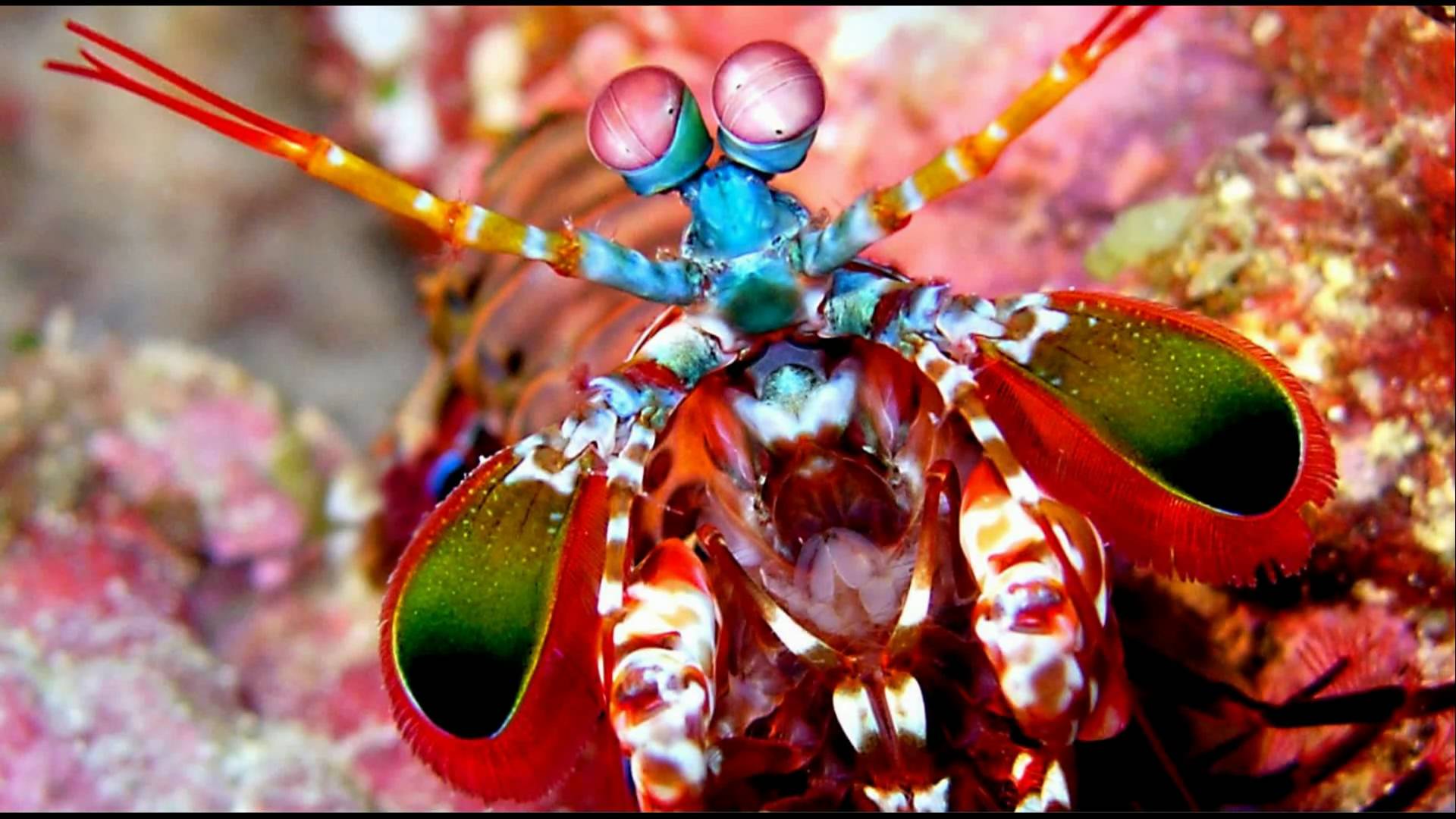




No Comment